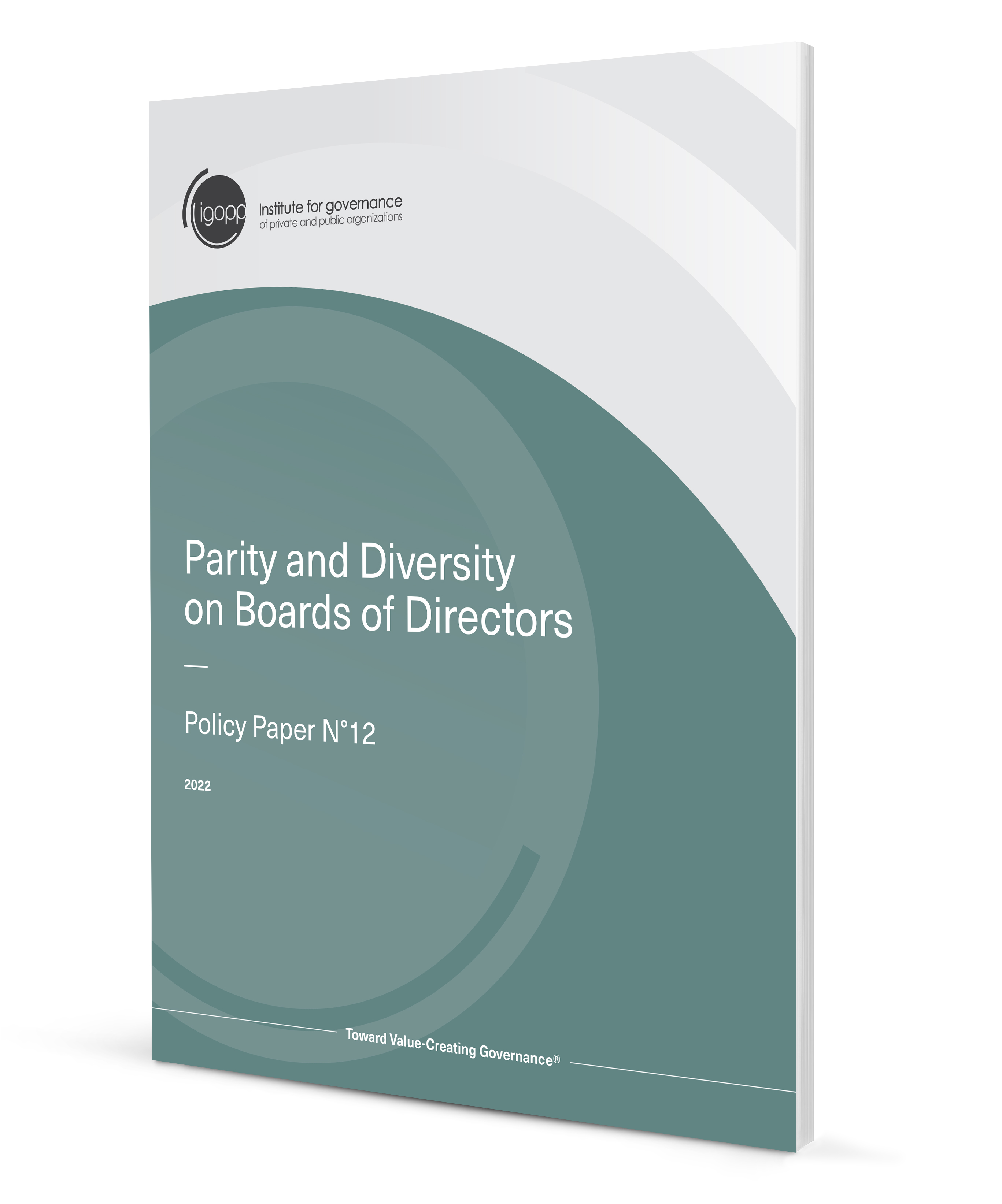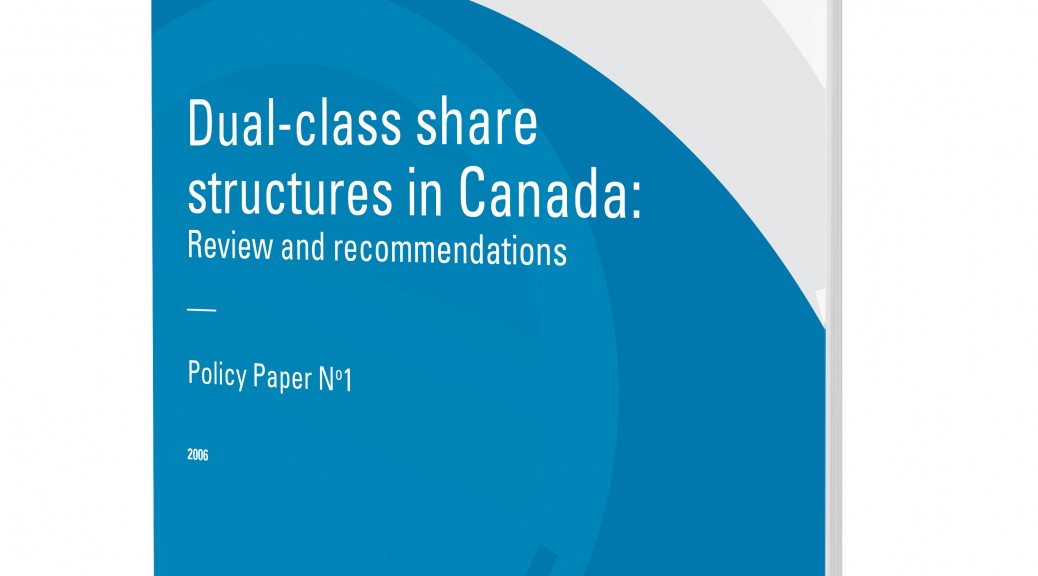On May 7, 2007, Alcoa launched a bid to take over Alcan. It is qualified as “hostile” takeover bid because no previous arrangements had been made with the Alcan board of directors in this regard.
This event, which follows on the heels of several other takeovers of Canadian businesses by foreign interests in recent months, has rekindled concerns about corporate ownership in Canada. The debate reveals widespread uncertainty as to the costs and benefits of the major shifts associated with economic globalization and the rise of finance capitalism.
Some claim that these changes are inevitable and that the ultimate outcome of the worldwide M&A scramble will be a more efficient and productive global economy that benefits everyone – or at least nearly everyone. Interestingly enough, data released on May 9 by Statistics Canada reassures us that Canadian investments abroad still outweigh foreign investments in Canada.
This one statistic, however, does not provide an accurate picture of the situation, in our opinion. U.S. investments in Canada in 2006 ($274 billion) accounted for roughly 17% of the market capitalization of all of the companies listed on the Toronto Stock Exchange. In contrast, Canadian investments in the U.S. ($224 billion) represented a mere 0.5% of the market capitalization of U.S.-based firms. We feel that these figures are key to gauging the impact of foreign investments in a national economy.
These large-scale M&A deals bring to light issues of diminished competition, job displacement and Canadian cities’ dwindling status as centres of influence. In the case of Alcan, thanks to the commendable foresight of the Quebec government, hydroelectric concessions were made contingent on specific requirements regarding jobs and the retention of decision-making authority in Quebec. Furthermore, Alcan had to agree to uphold these terms in the event the company changed hands.
Consequently, the questions of jobs and head office location are not as critical in this case as they are in others. And in terms of competition, Canadian, U.S. and European competition bureaus will take a close look at the impacts of a potential Alcoa/Alcan merger and establish a set of commitments and concessions to be respected. Moreover, the massive influx of Russian and Chinese players into the aluminum market will undoubtedly help allay many of the fears that the amalgamated company would control an unduly large proportion of the industry.
That said, Alcoa’s bid to take over Alcan does raise other important questions, namely:
- Who ultimately has the final say as to Alcan’s fate?
- Why doesn’t Alcan attempt a hostile takeover of Alcoa?
Who will decide Alcan’s fate?
On the surface, the answer is straightforward: Barring government interference and considering the current legal framework in Canada, Alcan’s shareholders are the ones who will make the decision, based on whether or not they agree to sell their stock. But who are these shareholders or, more appropriately, who will they be when it comes time for the decision to be made?
Between May 7, the day the bid was announced, and Friday, May 11, some 100 million shares, or roughly 30% of all Alcan stock, changed hands. Two-thirds of this volume was traded on the New York Stock Exchange. Moreover, in today’s financial markets there are plenty of instruments (derivates of all kinds, calls, etc.) that make it possible to acquire a significant virtual stake in a company. The volume of these kinds of trades is difficult to pin down because they are often off the board and thus do not appear on derivatives exchanges.
One thing is for sure, though: hedge funds and other similar funds tend to flock to these situations. Their objective – as we clearly saw during the Falconbridge/Inco saga – is to drive share prices upward and then quickly dispose of their holdings by selling to the buyer with the most to offer in terms of cold, hard cash.
Because of their collective clout, these hedge funds-turned-shareholders can end up with the balance of power and thus wield significant influence over the fate of a company or even an entire industry. This is precisely what happened in the Falconbridge affair.
We feel that these short-sighted, speculative manoeuvres take us one step further away from the principle of building a stable, faithful group of shareholders. This increasingly commonplace reality needs to be rectified. The situation can be compared to letting tourists cast a ballot in a local election – in other words, it would be like allowing 3 million Americans who just happened to be visiting Quebec on referendum day to vote and have their say.
This analogy shows how ridiculous the situation is. However, all too frequently, this is exactly how the fate of certain corporations is decided. That is why the Institute for Governance of Private and Public Organizations proposes that all shareholders be required to own stock for a year before being granted voting rights. A rule of this nature would not be a cure for all of the ills inherent in the system, but it would ensure that decisions in Alcan/Alcoa-type scenarios were in the hands of those already involved with the company before the launch of the takeover bid.
Why doesn’t Alcan attempt a hostile takeover of Alcoa?
Alcan has the means to do so or, at the very least, enough support from key Canadian institutional funds to easily assemble the necessary capital. And in terms of skills and expertise, Alcoa’s officers and directors are just as qualified as Alcan’s.
The problem, and it is not an immaterial one, is that hostile takeovers are for all intents and purposes impossible to carry out in many U.S. states. This will come as a surprise to many people, but in America –champion of the free market economy, poster child of finance capitalism and self-proclaimed model of good governance and accountability to shareholders – many boards of directors have adopted protective means and legal mechanisms to fend off hostile takeovers.
Between 1980 and 1990, leveraged buyout funds (LBOs) launched one hostile takeover after another. While the ideologists of the U.S. federal government touted the “economic vitality” and “increased efficiency” of these initiatives, the ensuing job cuts and industry turmoil generated a political backlash that prompted no fewer than 31 states to adopt anti-takeover legislation.
The content of these statutes varies from one legislature to the next, with the State of Pennsylvania having the most stringent provisions in place, making it practically impossible for any hostile takeover to go through. Incidentally, Pennsylvania is the state that Alcoa calls home.
The measures included in the Pennsylvania statute include the following:
- In a takeover, the board of directors of the target company must consider the interests of all stakeholders – workers, suppliers, clients and society as a whole – as well as the long-term interests of the company. The board may reject a financially attractive bid if it feels that it does serve these interests. No legal action may be taken against a board that declines a takeover bid.
- In a hostile takeover situation, the shares held by the bidder are stripped of their voting rights. The vote on whether or not to accept the bid is left exclusively to shareholders who are not involved in the transaction.
- Any bids that do not meet with the approval of the board of the target company are subjected to a five-year waiting period, during which the bidder may not “combine” assets with the target company (which essentially precludes the possibility of any “synergistic” benefits during the waiting period).
- Unsuccessful bidders that still make a significant profit because of changes in the stock prices of the target company must turn over all such proceeds generated during the 18 months following the failed takeover.
Because company boards do have some pull with respect to these restrictions, bidders may try to have individuals sympathetic to their cause appointed as directors. However, because many U.S. corporations, including Alcoa, appoint their directors for a three-year term, with only one-third up for election every year, such a move would require winning a sufficient number of votes two years in a row. Changing the procedure to a one-year term for all board members (as is the norm in Canada) would require the support of at least 80% of shareholders with voting rights.
The statutes in other states are less severe, but they all provide boards with broader responsibilities and more clear-cut powers when it comes to opposing a hostile takeover.
Legislation in the State of Delaware, where more than 240 companies listed on the Standard & Poor’s 500 Index are headquartered, is considered moderate and the model of balanced, well-thought-out policy.
Generally speaking, Delaware courts have upheld that a company does not exist solely to serve the short-term interests of its shareholders and “is not obliged to abandon a deliberately conceived corporate plan for a short-term shareholder profit unless there is clearly no basis to sustain the corporate strategy.”
Legislative measures of this type have naturally been greeted with fierce opposition from advocates of market fundamentalism from academic, financial and legal circles. Nevertheless, their arguments have not done much to change the stances of courts and legislatures.
Conclusion
This all-too-brief analysis of the issues involved in takeovers of Canadian corporations emphasizes that governments need not be powerless pawns or simple observers in this regard. They do have a say in the so-called inevitable impacts associated with the rise of global capitalism.
In the 1980s, state legislatures in the U.S. took rapid, decisive action to shore up their defences against a massive wave of hostile takeovers – and at the time, the issue was still a domestic one (unless New Yorkers are considered foreigners in Pennsylvania!). It is easy to imagine how much more vigorous the movement would have been had the takeovers been led by interests from outside the U.S.
There are simple measures that can be introduced to strike a better balance between the parties involved without significantly hindering the free market, such as:
- Requiring that shares be held for a specific period of time before voting rights are granted.
- Including an explicit provision that allows directors to consider the effect of a takeover on parties other than shareholders.
- Clearly establishing that boards are bound to safeguard the long-term interests of the company and not focus solely on the short-term profits of shareholders. Several states have adopted these last two measures without seeing the free market temple crumble down around them.




